If you’re an adventurous traveler and want to discover China’s G216 Highway, a unique self-driving experience, then read on. This highway stretches from Tibet to Xinjiang and passes through some of the most diverse terrain in China. It crosses over mountains, glaciers, deserts and grasslands! You’ll need to plan your trip carefully if you want it go smoothly.
The first thing that comes to mind when thinking about this epic road trip is how much fun it would be! But there are also many other benefits: learning more about Chinese culture; meeting new people; discovering hidden gems along the way; getting exercise while driving through beautiful landscapes…the list goes on!
Day One
On the first day of your self-driving adventure along the G216 Highway, you’ll start your journey in Barkam, a city in the western part of the Sichuan province, bordering Tibet. Barkam, also known as Ma’erkang, is the capital of the Aba Tibetan and Qiang Autonomous Prefecture. This region is known for its stunning landscapes, rich Tibetan culture, and diverse ethnic communities.
After enjoying a hearty breakfast and gearing up for the day, you’ll set off from Barkam towards Sertar, a county in the Garze Tibetan Autonomous Prefecture. Along the way, you’ll be captivated by the breathtaking views of the rugged mountains, and deep valleys that make this region so unique. As you drive, you’ll encounter various nomadic tribes and witness their traditional way of life.
Upon reaching Sertar, you’ll have the opportunity to visit the famous Larung Gar Buddhist Academy, one of the largest centers for the study of Tibetan Buddhism in the world. Here, you can observe the daily life of monks and nuns and learn about their spiritual practices. You may even have the chance to participate in a meditation session or attend a lecture on Buddhist philosophy.
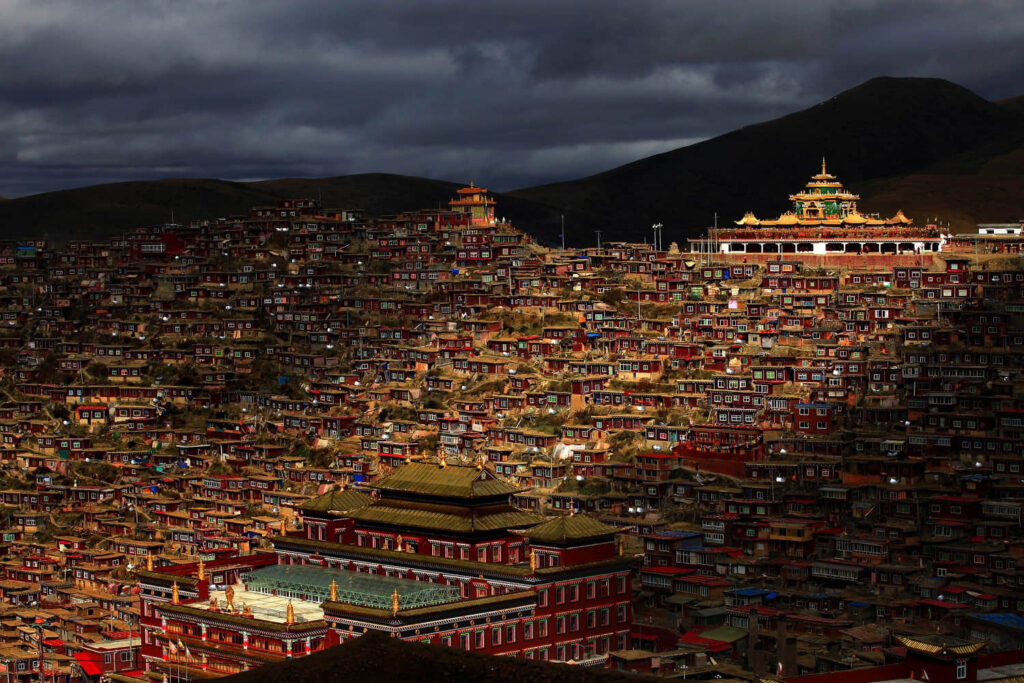
After spending some time in Sertar, you’ll continue your journey towards Ganzi, another county in the Garze Tibetan Autonomous Prefecture. The drive to Ganzi offers more stunning sights, such as the Yala Snow Mountain and the vast grasslands that stretch as far as the eye can see.
As the sun sets on Day One of your self-driving trip along the G216 Highway, you’ll find a comfortable place to rest and recharge for the exciting days ahead. The memories of the day’s journey, the people you met, and the breathtaking landscapes will stay with you for a lifetime.
Day Two
On the second day of the self-driving trip, the journey continues along the G216 Highway, offering a picturesque and adventurous experience exploring the diverse landscapes of China.
Starting in Ganzi, a Tibetan cultural hub nestled among the mountains, travelers can marvel at the unique architecture of local monasteries and immerse themselves in the rich heritage of the region. While here, it is highly recommended to visit the Ganzi Monastery, a prominent religious site that showcases the region’s deep-rooted connection to Tibetan Buddhism.
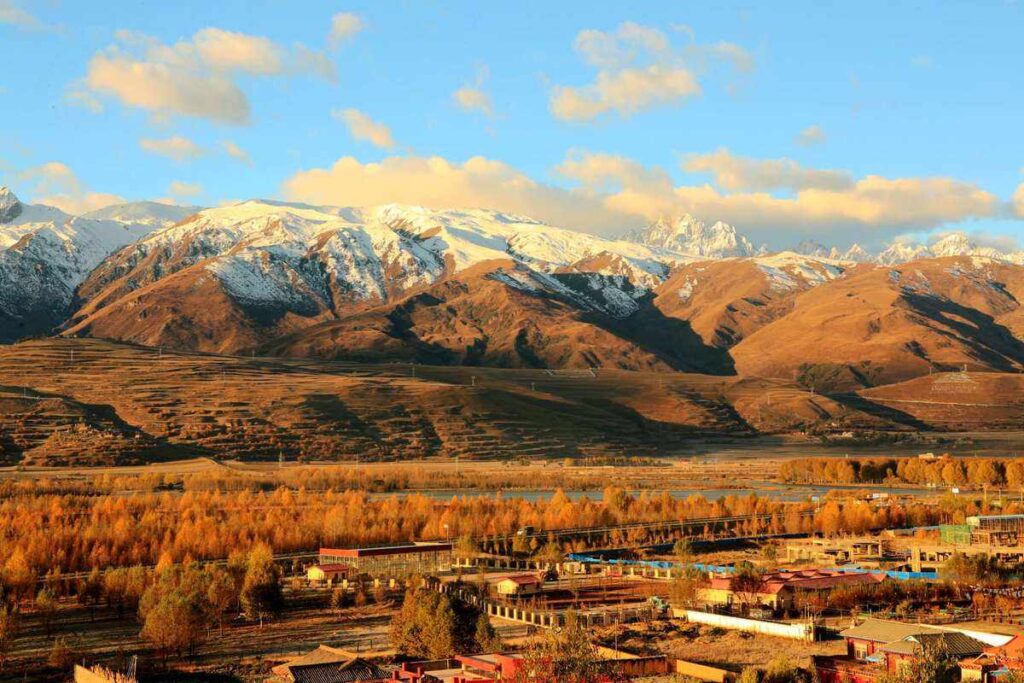
As the journey progresses, the next stop is Baiyu, a quaint town that provides a glimpse into the daily lives of its residents. The town is known for its exquisite thangka paintings, a traditional Tibetan Buddhist art form that often depicts religious themes and motifs. Travelers can take the opportunity to learn about this intricate art and even purchase a painting as a souvenir to remember their journey.
The final destination for day two is Jomda, a location characterized by its alpine scenery and unique culture. Here, travelers can explore the lush forests, encounter native wildlife, and learn about local customs and traditions. In addition, Jomda is home to several prominent monasteries, such as the Palyul Monastery, which provide a serene and spiritual experience for visitors.
Day Three
Chamdo is a larger town located in the eastern part of the Tibet Autonomous Region. It is known for its historical significance, as it was once the capital of the Chamdo Kingdom. Visitors can explore the Chamdo Old Town, which was built during the Ming Dynasty and is home to many traditional Tibetan houses and temples.
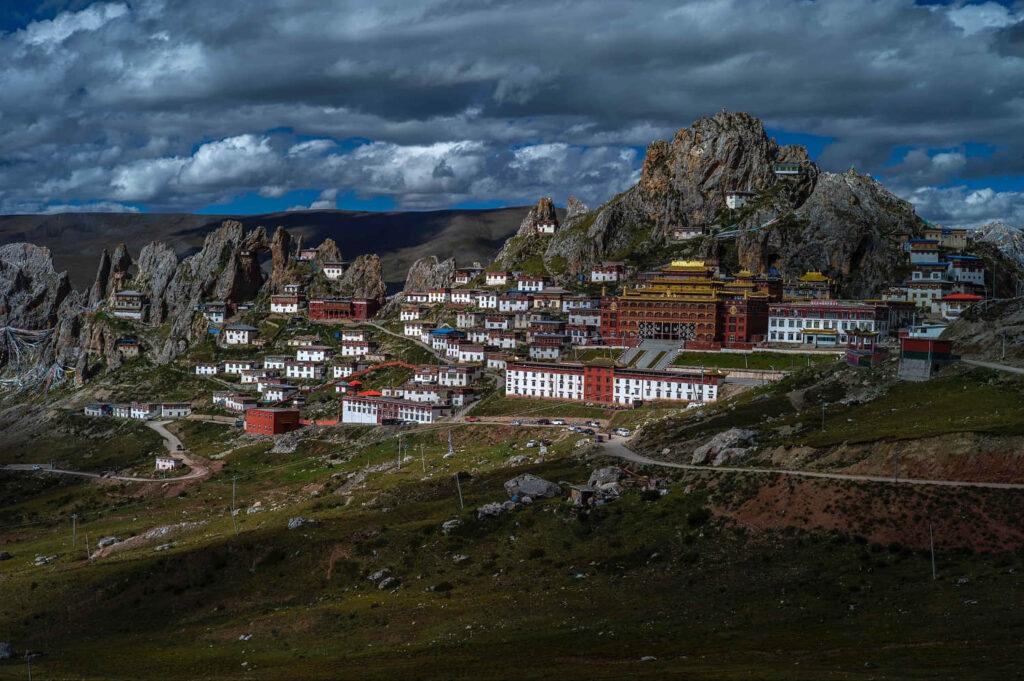
Dengqen is a small town located in the Lhoka Prefecture of the Tibet Autonomous Region. It is known for its rich cultural heritage, including the Zizhu Temple. Visitors can also explore the scenic countryside, which is home to many traditional Tibetan villages and stunning natural attractions.
Day Four
After we leave Dengqen, we will continue our journey towards Banbar, which is a small town located about 150 kilometers west of Dengqen. Banbar is situated in a narrow valley surrounded by high mountains, and is known for its scenic beauty and fresh air. We can take a walk around the town and enjoy the local cuisine, which is a mix of Tibetan, Chinese, and Indian flavors.
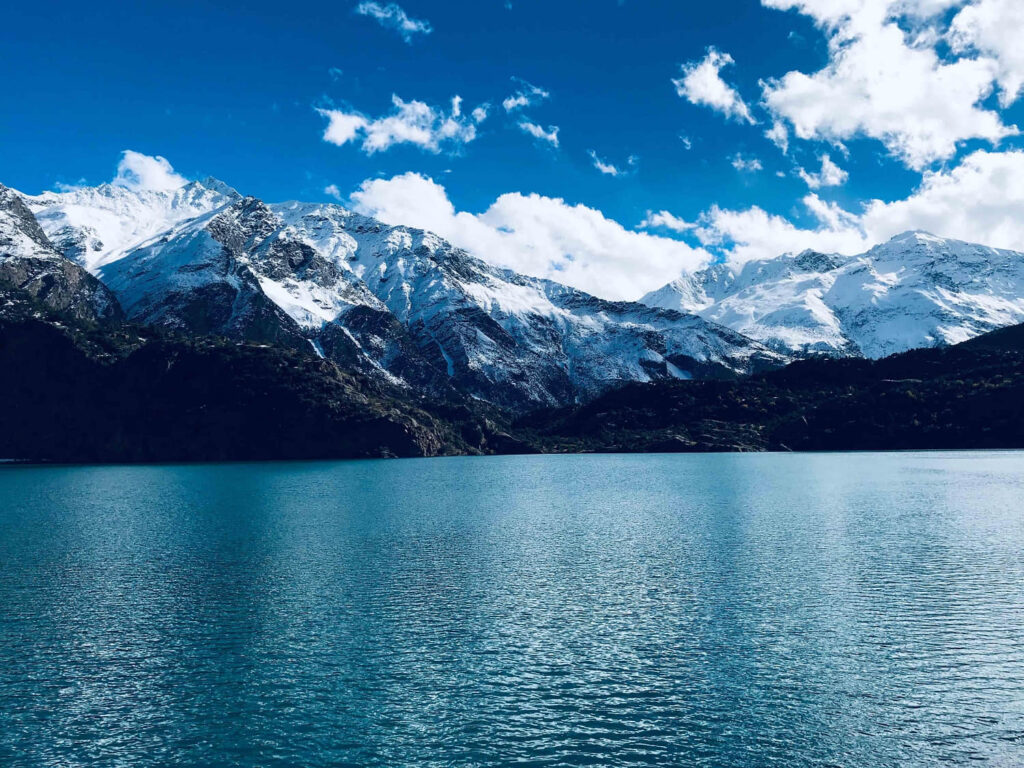
The blue ice cave can be found in Banbar County, Chamdo, Tibet. Measuring 165 meters in length, 26 meters in width, and 15 meters in height, it’s one of the largest ice caves in the region. The cave is accessible from both ends, allowing passage in either direction.

As we continue our journey on the G216 Highway, we will pass through several other towns and villages, each with its own unique culture and traditions. We will also have the opportunity to admire the stunning natural scenery of the region, including snow-capped mountains, vast grasslands, and winding rivers.
Day Five
Next, you will head to the majestic Sepu Kangri mountain range. This range is located in the eastern part of the Tibetan Plateau and is home to some of the highest peaks in the world. The mountain range is also home to diverse flora and fauna, including the rare snow leopard.
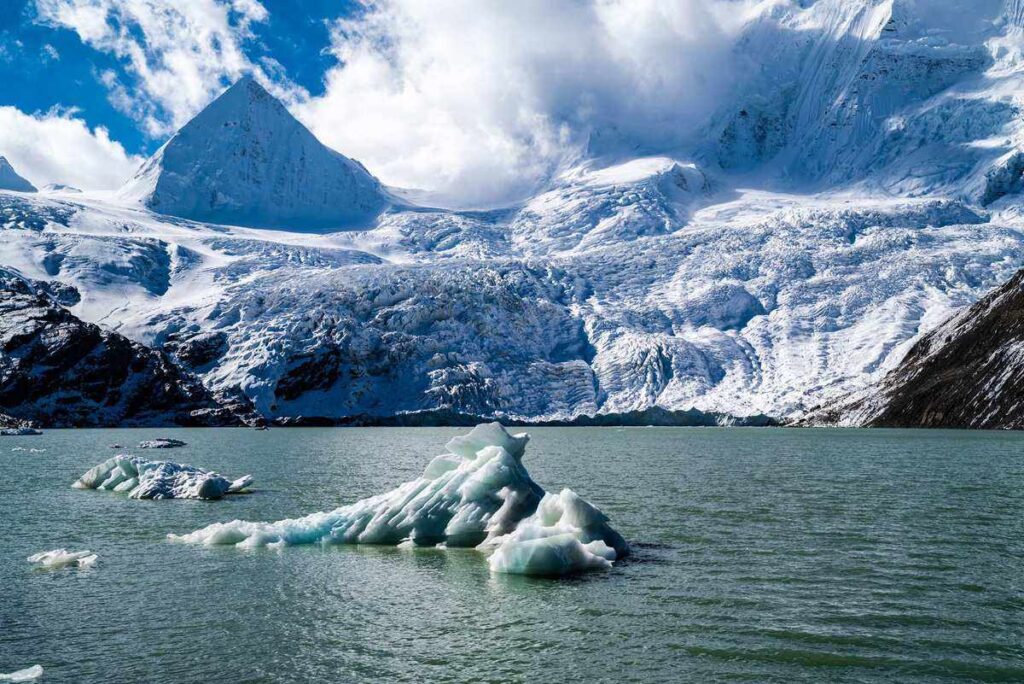
Finally, you will visit the town of Biru, which is located in the eastern part of Nagqu. Biru is known for its stunning scenery and is often called the “Switzerland of Tibet.” Here, you can take a walk around the town and enjoy the beautiful architecture and breathtaking views.
Day Six
Next, we will pass through Nagqu, which is a county-level city in the northern part of Tibet. It is located at an elevation of around 4,500 meters and is the largest city in northern Tibet. Nagqu is known for its beautiful grasslands, which are home to many different animals, including yaks, sheep, and Tibetan antelopes. The city is also home to many hot springs, which are believed to have healing properties.
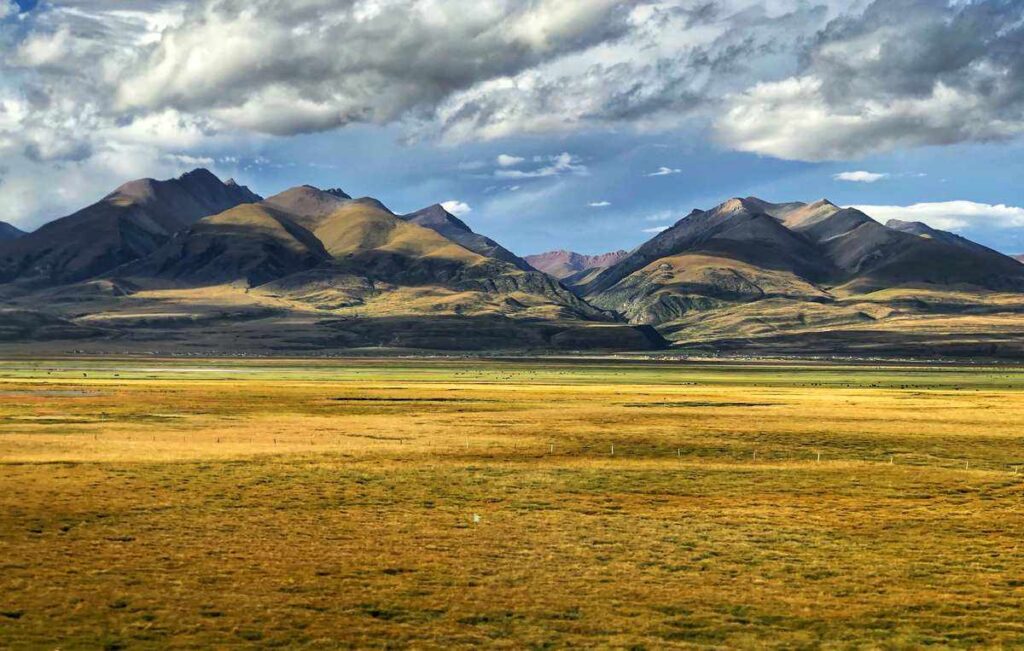
During the journey through Biru and Nagqu, there will be many opportunities to see the beautiful scenery and experience the unique culture of the region. However, it is important to keep in mind the high altitude and take necessary precautions to avoid altitude sickness. It is recommended to stay hydrated, eat light meals, and avoid strenuous activities. Additionally, it is important to have a reliable vehicle and be prepared for any unexpected situations that may occur during the journey.
Day Seven
Baingoin is a small town located in the Nagqu Prefecture of Tibet. It’s situated at an altitude of 4,300 meters above sea level and is known for its stunning natural scenery. The town is surrounded by beautiful lakes, grasslands, and snow-capped mountains. One of the most popular attractions in Baingoin is the Changtang Nature Reserve. This reserve is home to many rare and endangered species of animals such as Tibetan antelopes, wild yaks, and black-necked cranes. Visitors can take a tour of the reserve and learn about the unique ecosystem of the Tibetan plateau.
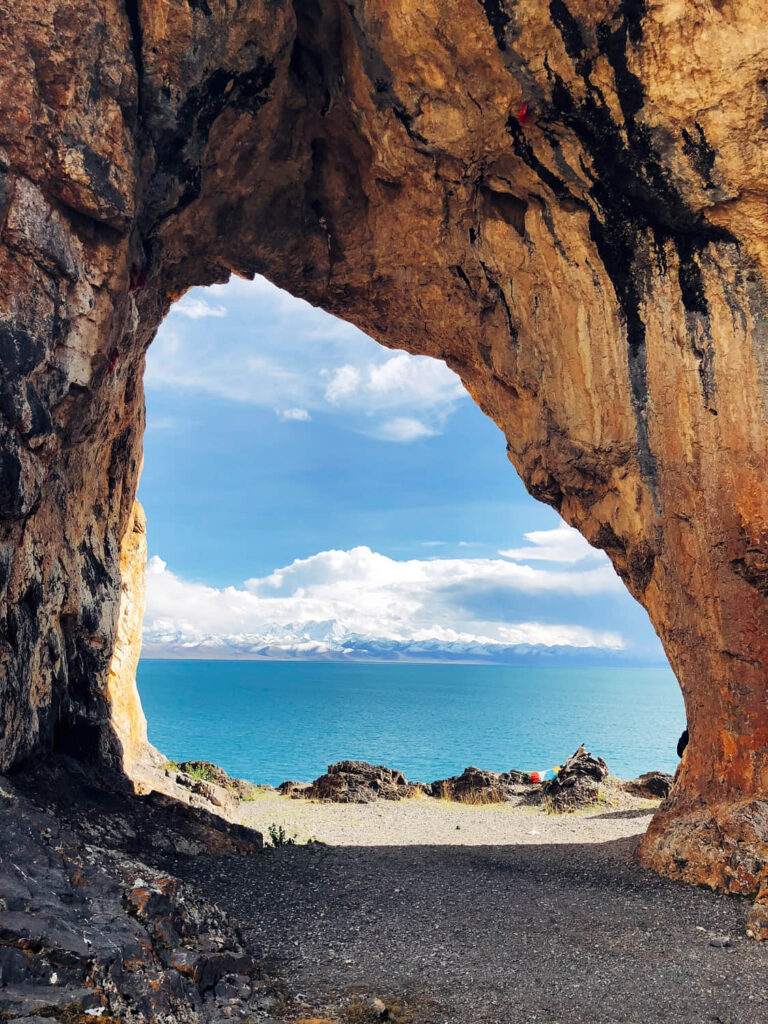
Day Eight
Siling Lake, also known as “Siling Co” in Tibetan, is a beautiful saltwater lake located about 100 kilometers southeast of Baingoin. The lake sits at an altitude of over 4,500 meters and covers an area of around 1,500 square kilometers. The lake is surrounded by snow-capped mountains and grasslands, and it is home to many species of birds and other wildlife. It is a popular destination for tourists who come to enjoy the beautiful scenery and experience the local Tibetan culture.
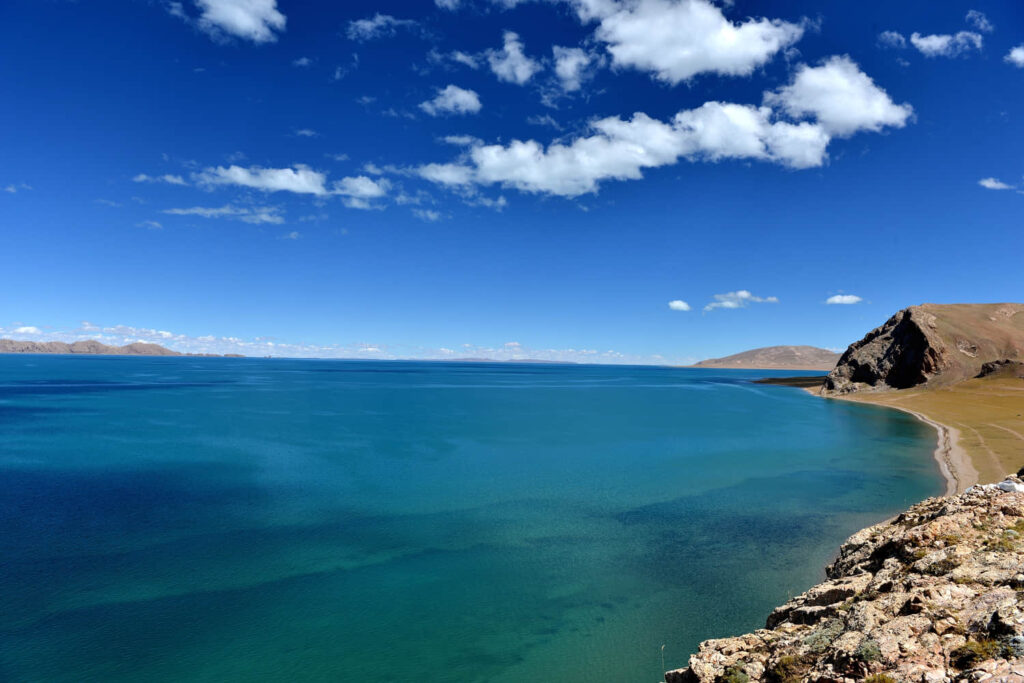
After visiting Siling Lake, you will continue your journey to Nyima, another small town located in the northern part of Tibet. Nyima is situated at an altitude of over 4,600 meters, and it is known for its unique Tibetan architecture and beautiful natural scenery. The town is surrounded by snow-capped mountains and grasslands, making it an ideal place for hiking and camping. Nyima is also home to several hot springs, which are popular among tourists who come to relax and enjoy the natural beauty of the area.
In summary, Day Eight of the self-driving trip on China’s G216 Highway from Tibet to Xinjiang will take you through the beautiful towns of Baingoin, Siling Lake, and Nyima. You will have the opportunity to experience the unique Tibetan culture, enjoy the stunning natural scenery, and relax in the hot springs.
Day Nine
Next, we will head towards Tangra Yumco, a stunning alpine lake located in the northern part of Tibet. The lake is surrounded by snow-capped mountains and is a popular spot for camping, hiking, and fishing. We can take a boat ride on the lake or hike around its shores to enjoy its natural beauty.
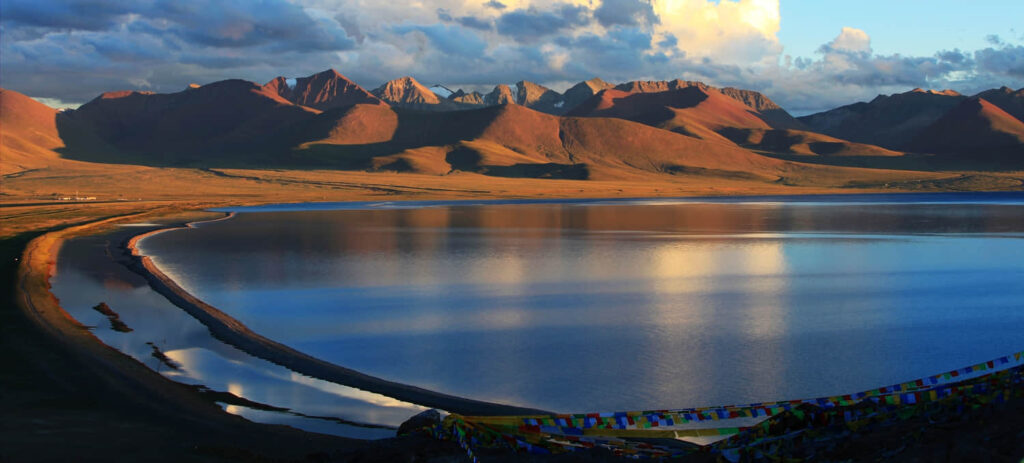
Our final stop for the day will be Gertse, a small town located in the northwest of Tibet. Gertse is a popular stop for travelers on the G216 Highway and is known for its unique architecture and culture. We can visit some of the local temples and monasteries to learn about the town’s history and religion.
Day Ten
Nyima is a county in the Nagchu prefecture of the Tibet Autonomous Region of China. If you are planning a self-driving trip along the G216 highway, Nyima is a great place to stop and explore. The county is home to several scenic spots, including the Dang Reyongcuo, Daguo Snow Mountain. However, it is important to note that Nyima and the surrounding areas are located at very high altitudes, with elevations ranging from 4,500 to 5,000 meters above sea level. This means that visitors may experience altitude sickness or other health issues, and it is important to take precautions such as drinking plenty of water and getting adequate rest.
Gertse is a small town located in the Ngari Prefecture of Tibet, China. It is situated along the G216 highway, which runs from Tibet to Xinjiang. The town is known for its stunning natural beauty, including the nearby Gangdise Mountains.
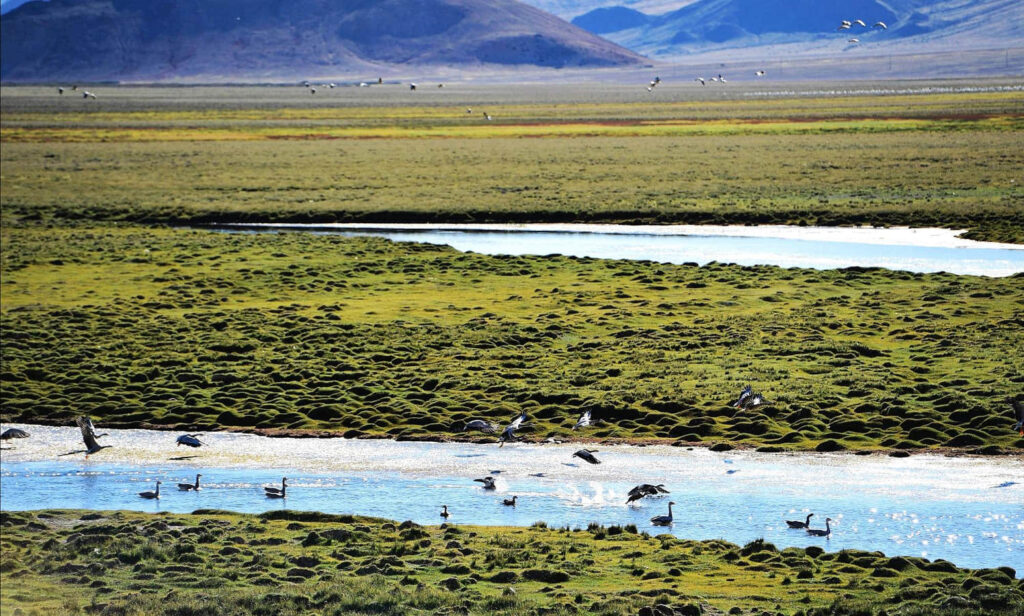
While Gertse itself may not have many notable attractions, it serves as an important stopover point for travelers making the journey along the G216 highway. The town has a number of restaurants, shops, and hotels where visitors can rest and refuel before continuing their journey.
For self-driving trips along the G216 highway, Gertse is an ideal place to take a break and explore the surrounding natural attractions. The nearby Gangdise Mountains offer breathtaking views and are home to a number of hiking trails for adventurous travelers.
Overall, the journey from Gertse to Niya is a challenging but rewarding experience that offers stunning views of Tibet’s natural beauty and the opportunity to explore the rich history of the Silk Road.
Day Eleven
On Day Eleven of the self-driving trip on China’s G216 Highway from Tibet to Xinjiang, the route takes us from Niya to Luntai. Niya is a small oasis town located in the Taklamakan Desert, and it was once a bustling trading hub on the ancient Silk Road. Today, it is a relatively quiet town with a population of around 30,000 people.
As we leave Niya, we continue our journey westward along the G216 Highway, passing through the vast and barren desert landscape. The drive is long and monotonous, but the scenery is stunning, with towering sand dunes and distant mountains providing a dramatic backdrop.
After several hours on the road, we arrive in Luntai, a small city located in the Xinjiang Uygur Autonomous Region. It is known for its scenic beauty, with the Tarim River flowing through the county and the surrounding mountains providing a picturesque backdrop. Luntai is also famous for its grapes, which are grown in the area and are known for their sweet and juicy flavor. Luntai is known for its rich history and cultural heritage, with many ancient ruins and historic sites located in and around the city.
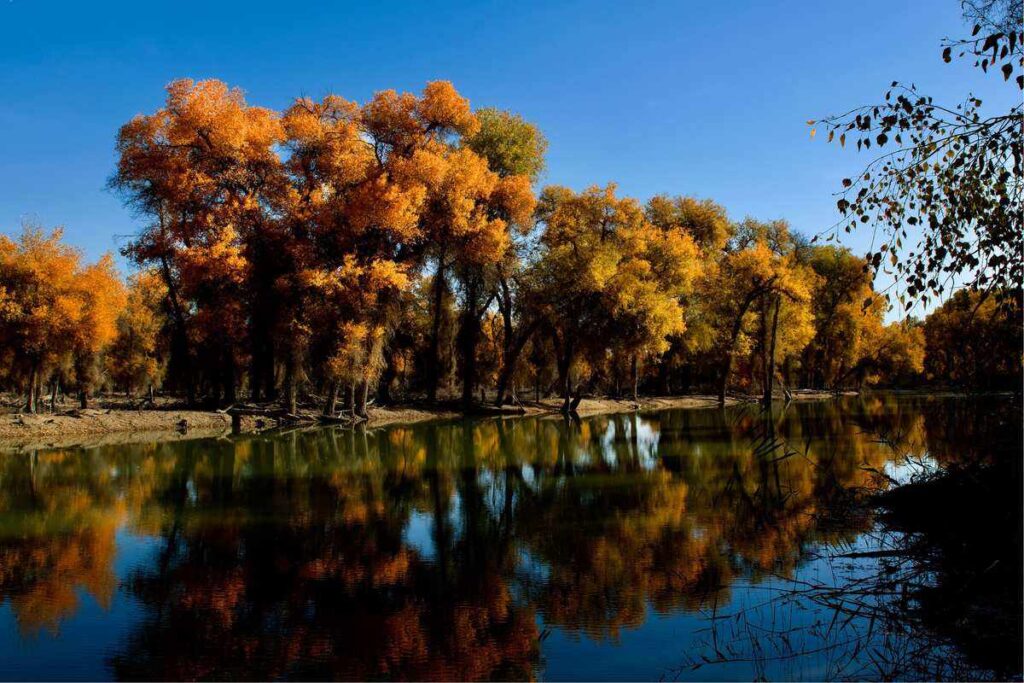
Overall, Day Eleven of the self-driving trip on China’s G216 Highway from Tibet to Xinjiang is a long but rewarding journey that takes us through some of the most stunning and culturally rich landscapes in the region. Whether you are interested in history, culture, or natural beauty, there is something for everyone to enjoy in Niya and Luntai.
Day Twelve
After leaving Luntai, the journey will continue on to Urumqi, which is the capital of the Xinjiang Uygur Autonomous Region. Urumqi is a bustling city with a population of over 3 million people. It is known for its rich history and diverse culture, with influences from both the Chinese and Uygur ethnic groups.
One of the highlights of Urumqi is the Xinjiang International Grand Bazaar, which is one of the largest bazaars in the world. Here, visitors can find a wide variety of goods, including traditional Uygur handicrafts, textiles, spices, and food. The bazaar is also a great place to experience the local culture, with live music and dance performances taking place throughout the day.
Another must-see attraction in Urumqi is the Xinjiang Regional Museum. The museum houses a vast collection of artifacts and exhibits that showcase the history and culture of the region. Visitors can see traditional clothing, and weapons, as well as learn about the customs and traditions of the Uygur people.
In conclusion, the self-driving adventure along China’s G216 Highway from Tibet to Xinjiang is truly an unforgettable journey. With its vast, diverse landscapes, rich cultural heritage, and unparalleled opportunities for exploration, this once-in-a-lifetime experience should be on every road trip enthusiast’s bucket list. As you traverse the rugged terrain, marvel at the breathtaking beauty of the Himalayas, and immerse yourself in the customs and traditions of the local communities, you’ll create memories that will last a lifetime. So, whether you’re an experienced traveler or a curious novice, pack your bags, buckle up, and embark on a thrilling self-driving expedition through the picturesque landscapes of Tibet and Xinjiang on the G216 Highway – the ultimate road trip through the heart of China.
